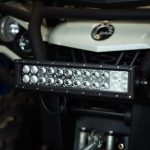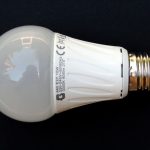Maximizing Your Indoor Garden: How High Should You Hang Your LED Grow Light?
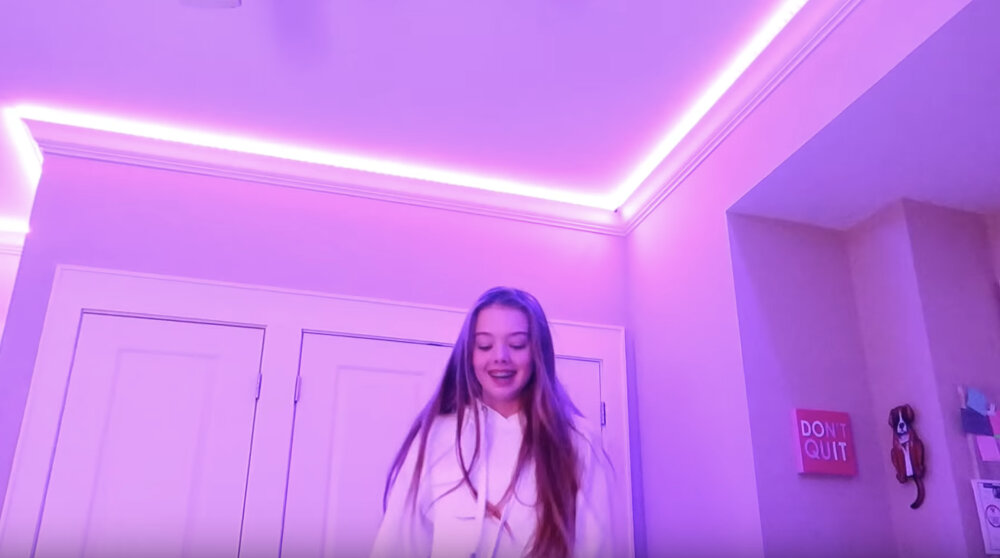
Indoor gardening has become increasingly popular in recent years, with many people opting to grow their own fruits, vegetables, and herbs in the comfort of their own homes. LED grow lights have become a popular choice for indoor gardeners, providing the necessary light spectrum for plant growth without the excessive heat and energy consumption of traditional grow lights. However, a common question that arises is: how high should you hang your LED grow light? The answer to this question can greatly impact the success of your indoor garden, as the distance between the light source and the plants can affect the amount and quality of light they receive. When it comes to indoor gardening, it is important to understand the different factors that can impact plant growth. Light is one of the most critical factors, as it provides the energy necessary for plants to undergo photosynthesis and produce the nutrients they need to thrive. LED grow lights have become a popular choice for indoor gardeners due to their energy efficiency, long lifespan, and ability to provide the specific light spectrum required for optimal plant growth. However, the height at which the LED grow light is hung can greatly impact its effectiveness, as plants require a specific amount of light intensity to thrive. Thus, determining the appropriate hanging height for your LED grow light is crucial in maximizing the success of your indoor garden.
LED grow lights are an essential tool for any indoor gardener looking to maximize their plant’s growth and productivity. These lights offer several advantages over traditional lighting methods, including greater energy efficiency, longer lifespan, and a more targeted spectrum of light that plants need to thrive. By providing a precise balance of blue and red light wavelengths, LED grow lights can promote healthy growth in all stages of a plant’s life cycle, from seedling to harvest. Additionally, LED grow lights emit less heat than other lighting options, reducing the risk of burning or damaging delicate plants. Overall, investing in high-quality LED grow lights is a smart choice for any indoor gardener looking to create a thriving, healthy garden year-round.
The height of your LED grow light is an essential factor that can significantly impact the growth and health of your indoor garden. If the light is hung too close, it may cause your plants to burn, resulting in stunted growth or even death. On the other hand, if it’s too far, your plants may not receive enough light, which can lead to slow growth or long, spindly stems. Therefore, finding the perfect balance is crucial. By adjusting the height of your LED grow light, you can ensure that your plants receive the optimal amount of light, promoting faster and healthier growth. So, it’s essential to consider the height of your LED grow light while planning your indoor garden to achieve the best possible results.
Understanding the Role of Distance in Indoor Gardening

Indoor gardening has been gaining popularity in recent years, especially among city dwellers who have limited outdoor space for gardening. However, one of the most important factors that should be considered in indoor gardening is the distance between the plants and the grow light. The distance plays a crucial role in determining the amount and quality of light that plants receive. If the grow light is too close to the plants, it can cause heat stress, which can damage the plants. On the other hand, if the grow light is too far away, it can cause the plants to stretch and become weak. Therefore, it is important to understand the role of distance in indoor gardening and how it affects the growth of plants. The distance between the plants and the grow light depends on several factors, such as the type of grow light, the size of the plants, and the stage of growth. LED grow lights, for example, are known for their energy efficiency and can be placed closer to the plants without causing heat stress. However, the distance should still be adjusted based on the size of the plants and the stage of growth. Seedlings and young plants require less light and should be placed closer to the grow light, while mature plants require more light and can be placed farther away. Understanding the role of distance in indoor gardening can help maximize the growth and yield of plants, resulting in a thriving indoor garden.
The inverse square law is a fundamental principle of physics that governs the way that light spreads out from a source. It states that the intensity of light at a given point is inversely proportional to the square of the distance from the source. This means that if you move twice as far away from the light source, the intensity of light will decrease by a factor of four. This law is important to understand when it comes to hanging LED grow lights in your indoor garden, as it can help you determine the optimal height and distance for your lights to ensure that your plants receive the right amount of light for optimal growth and health.
The distance between your LED grow light and your plants affects the light intensity and coverage area. As you move the light closer to the plants, the light intensity increases, and the coverage area decreases. Conversely, when you move the light further away from the plants, the light intensity decreases, and the coverage area increases. This is because the light emitted by the LED grow light is dispersed over a larger area as it travels further away from the source. Therefore, finding the optimal height for your LED grow light is crucial in maximizing your indoor garden’s yield and overall health.
The distance between your LED grow light and your plants has a significant impact on the heat output of the light. When the light is placed too close to the plants, the heat generated from the lamp can burn and damage the plants, leading to stunted growth or even death. On the other hand, placing the light too far away can result in a decrease in the light’s intensity and effectiveness, ultimately leading to poor plant growth. Therefore, it is essential to find the optimal distance for your LED grow light, taking into account the specific needs of your plants and the characteristics of your indoor garden. By doing so, you can maximize the heat output of your LED grow light while ensuring the health and growth of your plants.
Determining the Ideal Height for Your LED Grow Light
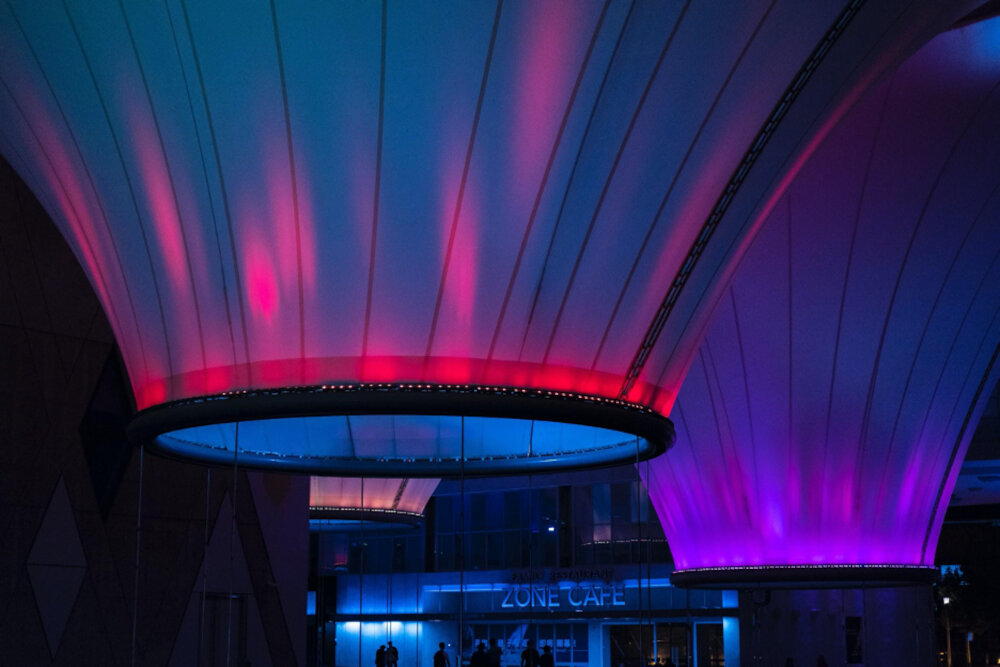
Determining the ideal height for your LED grow light is a critical factor in maximizing the growth and productivity of your indoor garden. If the light is too high, it will not provide sufficient illumination for your plants, and if it is too low, it can cause damage to the leaves and inhibit growth. The distance between the light and the plants should be carefully considered, depending on the type of plants you are growing and the intensity of your LED grow light. Generally, a distance of 12 to 24 inches between the LED grow light and the plants is recommended for optimal growth and yield. However, the ideal height may vary based on factors such as the intensity of the LED grow light, the type of plants being grown, and the stage of growth. Therefore, it is important to regularly monitor the growth of your indoor garden and adjust the height of your LED grow light accordingly. In addition to the distance between the LED grow light and the plants, other factors such as the size and shape of the growing area may also impact the ideal height of the light. For example, if you have a small growing area, you may need to position the LED grow light closer to the plants to ensure adequate illumination. Conversely, if you have a large growing area, you may need to raise the light to cover a wider area. It is also important to consider the wattage and color spectrum of your LED grow light when determining the ideal height. A higher wattage light may require a greater distance from the plants to avoid overheating, while a light with a blue spectrum may need to be positioned closer to plants during the vegetative stage to promote growth. Ultimately, determining the ideal height for your LED grow light requires careful consideration of multiple factors and regular monitoring of plant growth and development.
When it comes to maximizing your indoor garden and ensuring optimal growth for your plants, the distance between plants and LED grow lights is a crucial factor to consider. The recommended distance varies depending on the type of plant, the wattage of the LED light, and the stage of growth. For seedlings or young plants, a distance of 24-30 inches is recommended to prevent burning and stunting growth. However, for mature plants that need higher light intensity, a distance of 12-18 inches is optimal. It’s important to regularly monitor the distance and adjust accordingly to ensure your plants are getting the right amount of light for healthy growth.
To calculate the ideal height for your LED grow light, you need to consider both the light intensity and the coverage area. The light intensity is measured in PAR (Photosynthetically Active Radiation) and varies depending on the type of plant you are growing. Generally, the higher the PAR, the closer the light should be to the plant. The coverage area is the amount of space on the floor that the light covers. To calculate the ideal height, you need to take the square root of the coverage area and multiply it by the distance you want the light to be from the plants. For example, if your coverage area is 4 square feet and you want the light to be 18 inches away from the plants, the ideal height would be 6 inches (sqrt(4) x 18 inches = 6 inches). It’s important to keep in mind that this calculation is just a starting point, and you may need to adjust the height based on the specific needs of your plants.
Adjusting the height of your LED grow light is crucial for the optimal growth of your indoor plants. As a general rule, the light should be positioned closer to the plants during the vegetative stage and raised as the plants mature. However, there are other factors to consider when determining the ideal distance between the light and the plants, such as the intensity of the light, the type of plants being grown, and the size of the grow space. To ensure the best possible results, it’s recommended to regularly monitor the growth of your plants and adjust the height of the light accordingly. This will help to maximize photosynthesis and promote healthy growth, ultimately leading to more bountiful harvests.
Factors to Consider When Hanging Your LED Grow Light
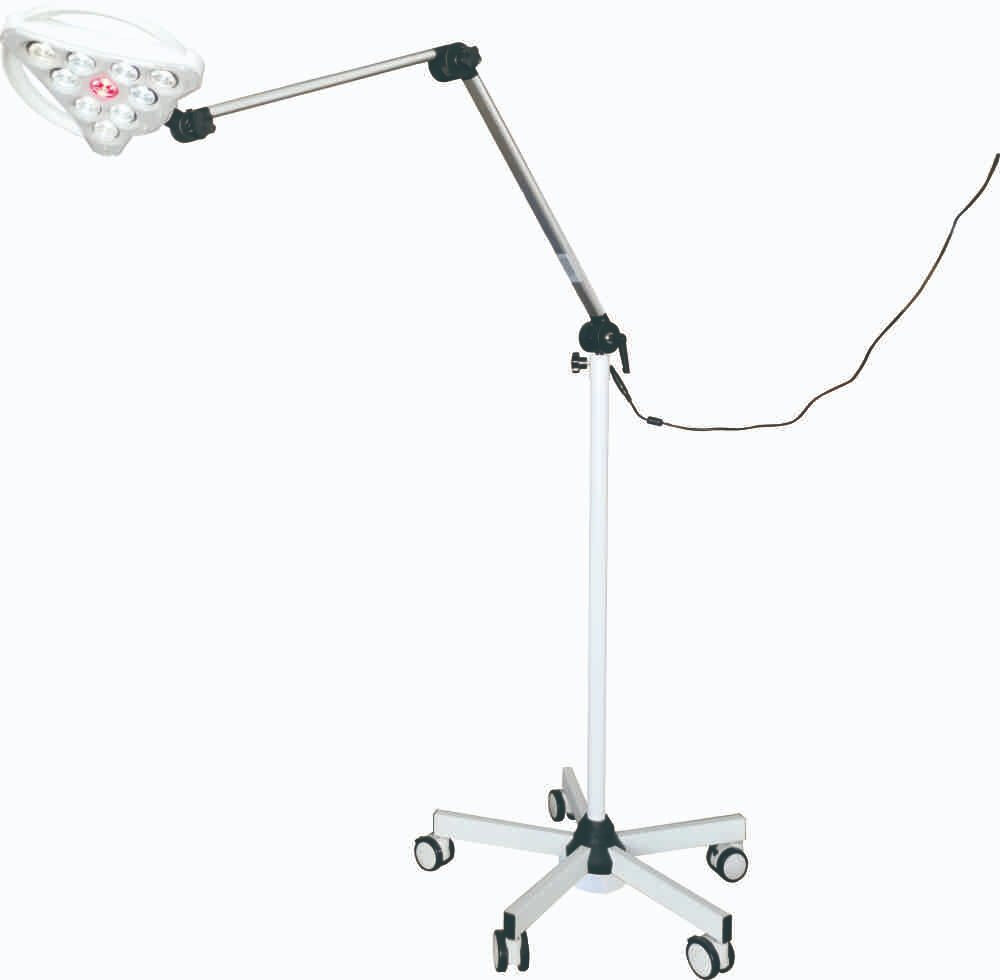
When it comes to maximizing your indoor garden, one crucial factor to consider is the height at which you hang your LED grow light. The distance between your plants and the light source can have a significant impact on their growth and overall health. To ensure that your plants receive the optimal amount of light, there are a few factors you should take into consideration when hanging your LED grow light. Firstly, you need to think about the size of your grow space and the intensity of your LED grow light. If you have a smaller space, you can hang your light closer to your plants, but if you have a more extensive grow room, you will need to hang the light higher to ensure that it covers all your plants. Additionally, the intensity of your LED grow light will affect how high you should hang it. A higher wattage light will need to be hung further away from your plants to prevent them from becoming damaged by the intense light. Conversely, a lower wattage light can be hung closer to your plants without causing any harm. By taking these factors into consideration, you can ensure that your plants receive the appropriate amount of light and that your LED grow light is hung at the correct height for optimal growth.
Proper support and stability are crucial when it comes to maximizing your indoor garden. Hanging your LED grow light at the right height is important not just for the health of your plants but also for their growth and yield. A stable and secure mounting system ensures that your light doesn’t sag or move, which can cause uneven distribution of light and heat. This can lead to stunted growth, burning or even death of your plants. Proper support and stability also reduce the risk of accidents and damage to your grow light and plants, which can be costly and time-consuming to fix. Therefore, it is essential to invest in a sturdy and reliable mounting system that can provide the necessary support and stability for your LED grow light.
There are three main methods for hanging LED grow lights: adjustable ratchet hangers, rope hangers, and chains. Adjustable ratchet hangers are the most popular due to their ease of use and flexibility. They allow you to adjust the height of the light without having to take it down, which is especially useful during different stages of plant growth. Rope hangers are durable and inexpensive but lack the adjustability of ratchet hangers. Chains are the most heavy-duty option and provide the most stability, but they can be difficult to adjust and may require more maintenance. Ultimately, the choice of hanging method depends on your specific needs and preferences.
When setting up an indoor garden, it’s essential to maximize the coverage area of your LED grow lights while minimizing shadows. To achieve this, you should hang your grow lights at the appropriate height. A general rule of thumb is to hang your LED grow lights 12-24 inches from your plants, depending on the wattage and type of light you’re using. Hanging them too close can result in burnt plants, while hanging them too far away can reduce their effectiveness. Additionally, positioning your lights at different angles can help eliminate shadows and provide more even coverage. By taking these measures, you can ensure that your indoor garden receives the optimal amount of light and grows healthy, vibrant plants.
Choosing the Right LED Grow Light for Your Indoor Garden
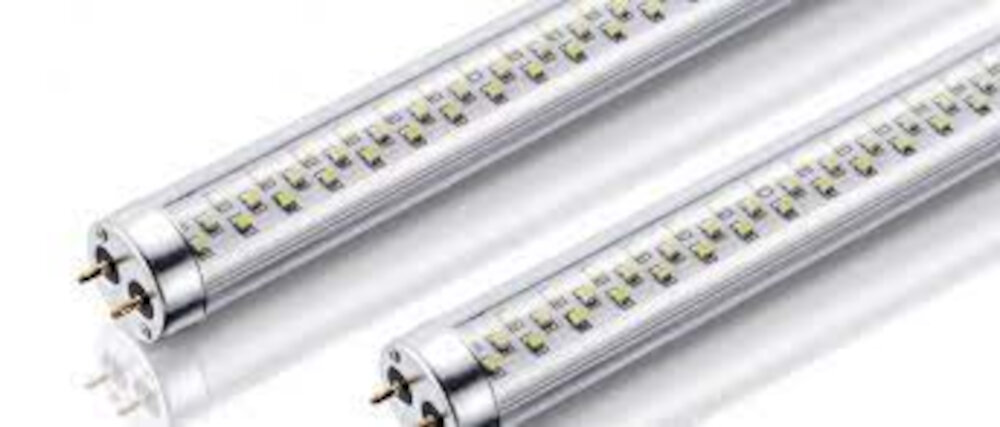
Choosing the right LED grow light is essential for your indoor garden’s success. There are many factors to consider, such as the size of your garden, the type of plants you’re growing, and your budget. You’ll want to look for a grow light that provides the appropriate amount of light for your plants and has the right spectrum of light. You’ll also want to consider the wattage, as well as the size and shape of the light. The right LED grow light will help your plants grow healthy and strong, with vibrant colors and a bountiful harvest. When choosing the right LED grow light, it’s important to consider the size of your indoor garden. A smaller garden may require a smaller grow light, while a larger garden will need a larger light to provide sufficient coverage. You’ll also want to consider the type of plants you’re growing, as different plants have different light requirements. For example, plants that require a lot of light, such as tomatoes, will need a grow light with higher wattage and intensity. On the other hand, plants that prefer lower light levels, such as herbs, will require a grow light with a lower wattage and intensity. By choosing the right LED grow light for your indoor garden, you can ensure your plants get the light they need to thrive and produce a bountiful harvest.
LED grow lights are an essential tool for indoor gardening, as they provide the necessary light spectrum for plants to grow and thrive. There are three main types of LED grow lights: white, red-blue, and full-spectrum. White LED grow lights are efficient and inexpensive, but they lack the specific wavelengths needed for optimal plant growth. Red-blue LED grow lights provide the necessary red and blue wavelengths for photosynthesis, but they can be harsh on the eyes and create a distorted view of plant color. Full-spectrum LED grow lights offer a balance of all necessary wavelengths, resulting in healthy and vibrant plants. The benefits of LED grow lights include energy efficiency, long lifespan, low heat output, and customizable spectrum options. By choosing the right type of LED grow light for your indoor garden, you can ensure that your plants receive the ideal light exposure for maximum growth and health.
When selecting an LED grow light, it is crucial to consider factors such as wattage and spectrum to maximize the growth of your indoor garden. Wattage determines the amount of energy the light uses and the intensity of the light emitted. The higher the wattage, the more energy the light uses and the brighter it will be. However, higher wattage does not necessarily mean better growth as too much light can damage plants. The spectrum of the LED grow light refers to the range of wavelengths emitted, which affects the type of plants that can be grown and the stages of growth. Blue light promotes vegetative growth, while red light stimulates flowering and fruiting. A well-balanced spectrum with a mix of blue and red wavelengths is essential for optimal plant growth. Other factors to consider include the size of the grow space, the number of plants, and the type of plants being grown.
When it comes to selecting the right LED grow light for your indoor garden, there are several factors you need to consider. Firstly, you need to determine the specific needs of your plants, including the type of plant, its stage of growth, and the amount of light it requires. Next, you need to consider the size of your grow space and the number of plants you want to grow. This will help you choose the appropriate wattage and coverage area of the light. Additionally, you need to look at the light spectrum of the LED grow light, ensuring that it provides a full spectrum of light that is suitable for your plants. Other factors to consider include the heat output of the light, the durability of the fixture, and your budget. By taking these factors into account, you can select the right LED grow light that will provide your plants with the optimal amount of light and help them thrive in your indoor garden.
The proper height of your LED grow light is crucial for the health and growth of your indoor plants. Hanging your light at the right height ensures that your plants receive the right amount of light without causing damage or stunted growth. If the light is too close to your plants, it can cause heat stress and damage to the leaves which can cause irreversible damage to your plants. On the other hand, if the light is too far away, your plants may not receive enough light, which can lead to slow growth and weak stems. Therefore, it is important to measure the distance between your light and your plants to ensure that your plants receive the perfect amount of light and grow healthy and strong.
When setting up an indoor garden, determining the ideal height to hang your LED grow light is crucial for ensuring optimal growth and yield. There are several factors to consider when making this decision, including the type of plant you are growing, the intensity of your grow light, and the size of your indoor space. It is also important to consider the distance between your grow light and the top of your plants, as too much or too little space can hinder growth. Additionally, you should take into account the temperature and humidity levels of your grow space, as these can impact the effectiveness of your LED grow light. By carefully considering these factors and adjusting the height of your grow light accordingly, you can maximize the potential of your indoor garden and achieve the best possible results.
In conclusion, maximizing your indoor garden with LED grow lights is a great way to ensure that your plants receive the necessary amount of light. The key to achieving this is by hanging your LED grow lights at a proper height. This will help prevent light burn and ensure that your plants grow healthy and strong. Additionally, it is important to choose the right LED grow light for your specific plants and to ensure that you are providing adequate water and nutrients. By following these tips and regularly monitoring your plants, you can create a thriving indoor garden that will bring beauty and enjoyment to your home.
Conclusion
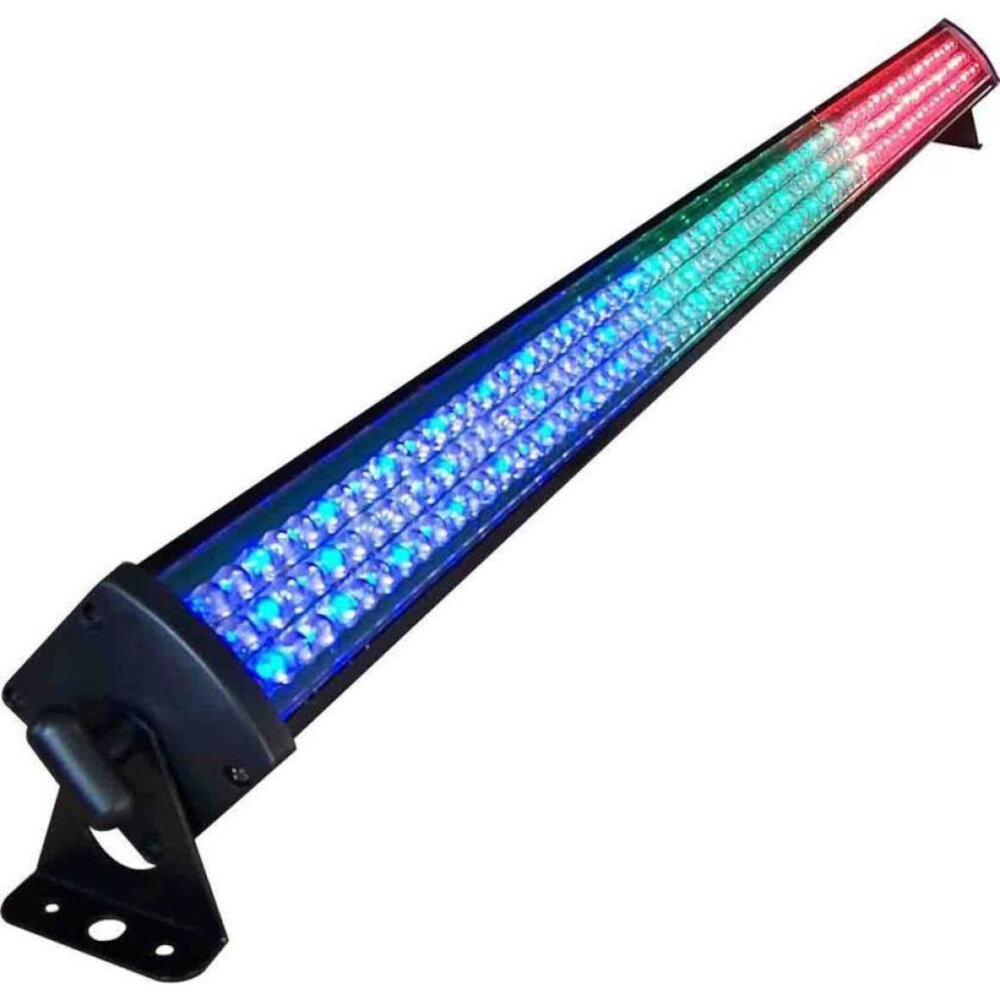
In conclusion, determining the optimal height for hanging LED grow lights in your indoor garden is crucial to achieving the best possible results. It requires careful consideration of factors such as the type of plant, the growth stage, and the intensity of the light. By ensuring that your LED grow lights are positioned at the appropriate height, you can provide your plants with the ideal amount of light and energy needed for optimal growth and development. This will not only lead to healthier and more robust plants but will also help maximize your indoor garden’s overall yield and vitality. So, take the time to research and experiment with different heights and positions until you find the perfect balance that works for your specific needs and goals.

